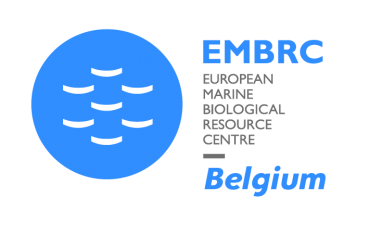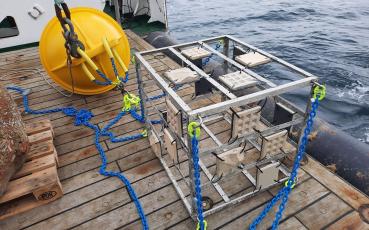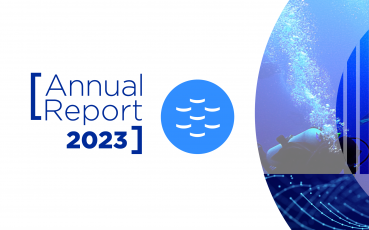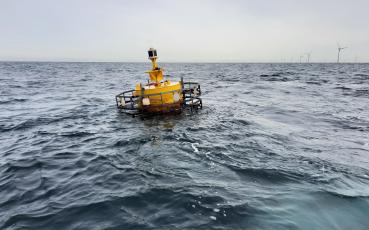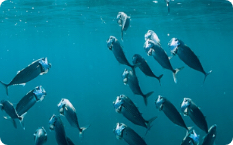The recently approved Joint Development Activity (JDA), with its full title “Development of a nanopore sequencing service from sample collection to data analysis tailored to field and remote locations” has started its activities.
The JDA is a partnership between the Blue Growth Research Lab (BGRL), Ghent University, and the Laboratory of Biodiversity and Evolutionary Genomics (LBEG), KU Leuven. It intends to develop a field-based nanopore sequencing service, which includes sample collection, sample preparation, sequencing, bioinformatic analysis and basic data management using limited computational resources on remote locations such as field stations and research vessels. Technological and analytical developments in genomics have reached such level that they find numerous applications outside the lab environment. Environmental DNA (eDNA) is used for the assessment of marine biodiversity and fish stocks, metabarcoding is used to study microbiomes in a wide range of environments and full genome sequencing is used in fast response situations. As such, the demand has been growing among the marine community to perform rapid and cost-efficient biodiversity assessments in field conditions. Given that nanopore sequencing offers tremendous potential, combining low cost and rapid long-reads generation, the current EMBRC-JDA will focus on the development into a future EMBRC service.
The most interesting marine environments are often only accessible from remote field stations (think of temporary biological stations on islands) or research vessels. This implies that limited infrastructure is available and that the cost of sample collection is high. Currently, most samples are collected on site and stored until they can be analyzed at high tech omics facilities. This implies a risk of sample loss and quality reduction during storage and transport, as well as increased time and resources for novel sample collection if sample extraction or analysis fails. Additionally, allowing for direct biodiversity assessment onboard, helps finetuning sampling campaigns or novel discoveries in real time. As such, it would be advantageous in terms of time and resource costs that sample quality and analysis can be determined on site. Indeed, if the sample extraction or analysis is unsuccessful, new samples can be taken immediately. Furthermore, given the increased use of DNA-based methods as assessments of biodiversity within regulatory frameworks and policies, there is a need for genetic monitoring, which includes efficient sample collection and analysis methods that are accessible and affordable. The JDA partners believe that optimizing protocols and service for remote and field sequencing will provide a significant asset to the EMBRC community.
Contacts: Jana Asselman (UGent) – Filip Volckaert (KU Leuven)










